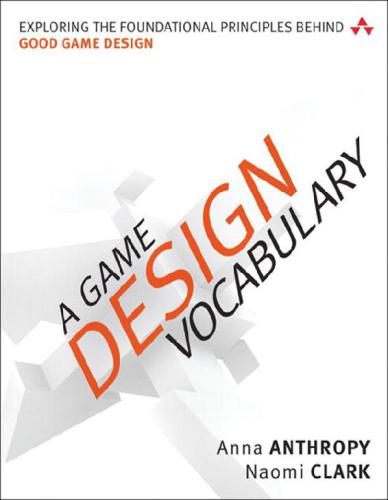

Most ebook files are in PDF format, so you can easily read them using various software such as Foxit Reader or directly on the Google Chrome browser.
Some ebook files are released by publishers in other formats such as .awz, .mobi, .epub, .fb2, etc. You may need to install specific software to read these formats on mobile/PC, such as Calibre.
Please read the tutorial at this link: https://ebookbell.com/faq
We offer FREE conversion to the popular formats you request; however, this may take some time. Therefore, right after payment, please email us, and we will try to provide the service as quickly as possible.
For some exceptional file formats or broken links (if any), please refrain from opening any disputes. Instead, email us first, and we will try to assist within a maximum of 6 hours.
EbookBell Team

4.1
100 reviewsMaster the Principles and Vocabulary of
Game Design
Why aren’t videogames getting
better? Why does it feel like we’re playing the same
games, over and over again? Why aren’t games helping us
transform our lives, like great music, books, and movies
do?
The problem is language. We still
don’t know how to talk about game design. We can’t
share our visions. We forget what works (and doesn’t). We
don’t learn from history. It’s too hard to
improve.
The breakthrough starts here. A Game
Design Vocabulary gives us the complete game design framework we
desperately need—whether we create games, study them, review
them, or build businesses on them.
Craft amazing experiences. Anna
Anthropy and Naomi Clark share foundational principles, examples,
and exercises that help you create great player
experiences…complement intuition with design
discipline…and craft games that succeed brilliantly on every
level.
Liberate yourself from stale clichГ©s
and genres
Tell great stories: go way beyond
cutscenes and text dumps
Control the crucial relationships between
game “verbs” and “objects”
Wield the full power of development,
conflict, climax, and resolution
Shape scenes, pacing, and player
choices
Deepen context via art, animation, music,
and sound
Help players discover, understand, engage,
and “talk back” to you
Effectively use resistance and difficulty:
the “push and pull” of games
Design holistically: integrate visuals,
audio, and controls
Communicate a design vision everyone can
understand